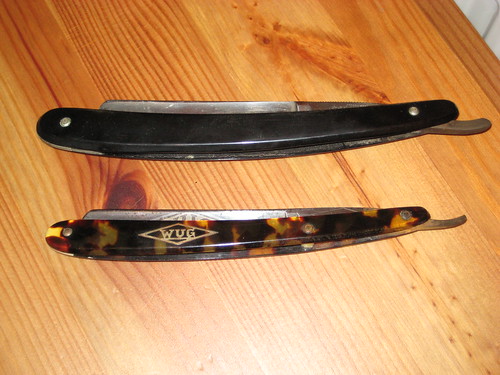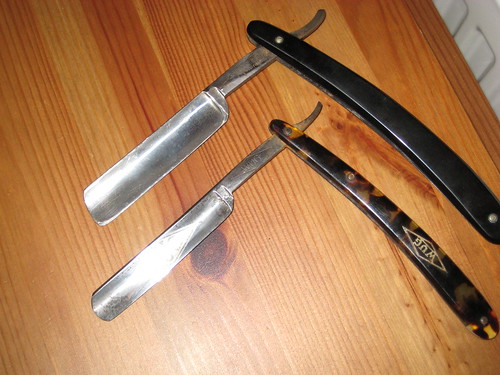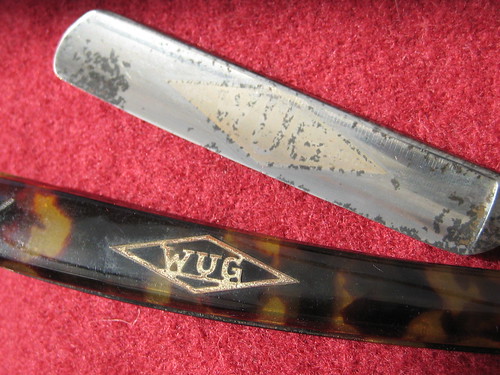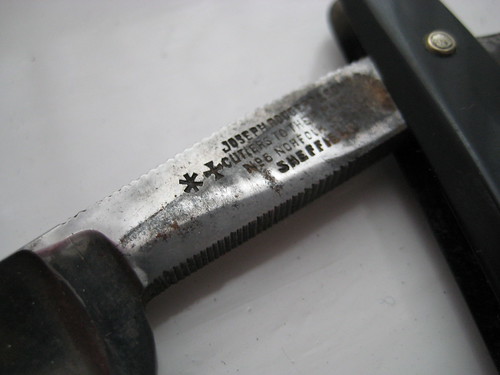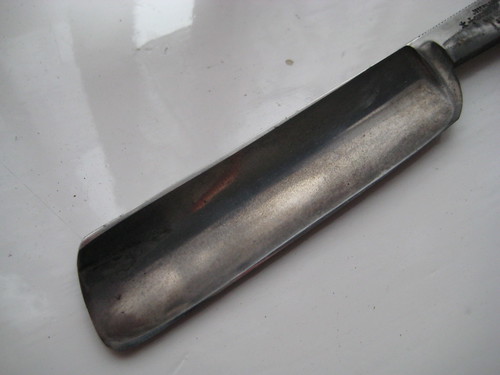- Messages
- 596
Just picked up two new straights - a Sheffield made Joseph Rodgers and a German WUG. The Rodgers seems like it just needs a polish and hone, but the WUG needs some marked removed from the blade.
Will post a couple of pics later, but got both from the antiques market in Islington for £5 each
Anyone got any info on them?
Will post a couple of pics later, but got both from the antiques market in Islington for £5 each
Anyone got any info on them?
